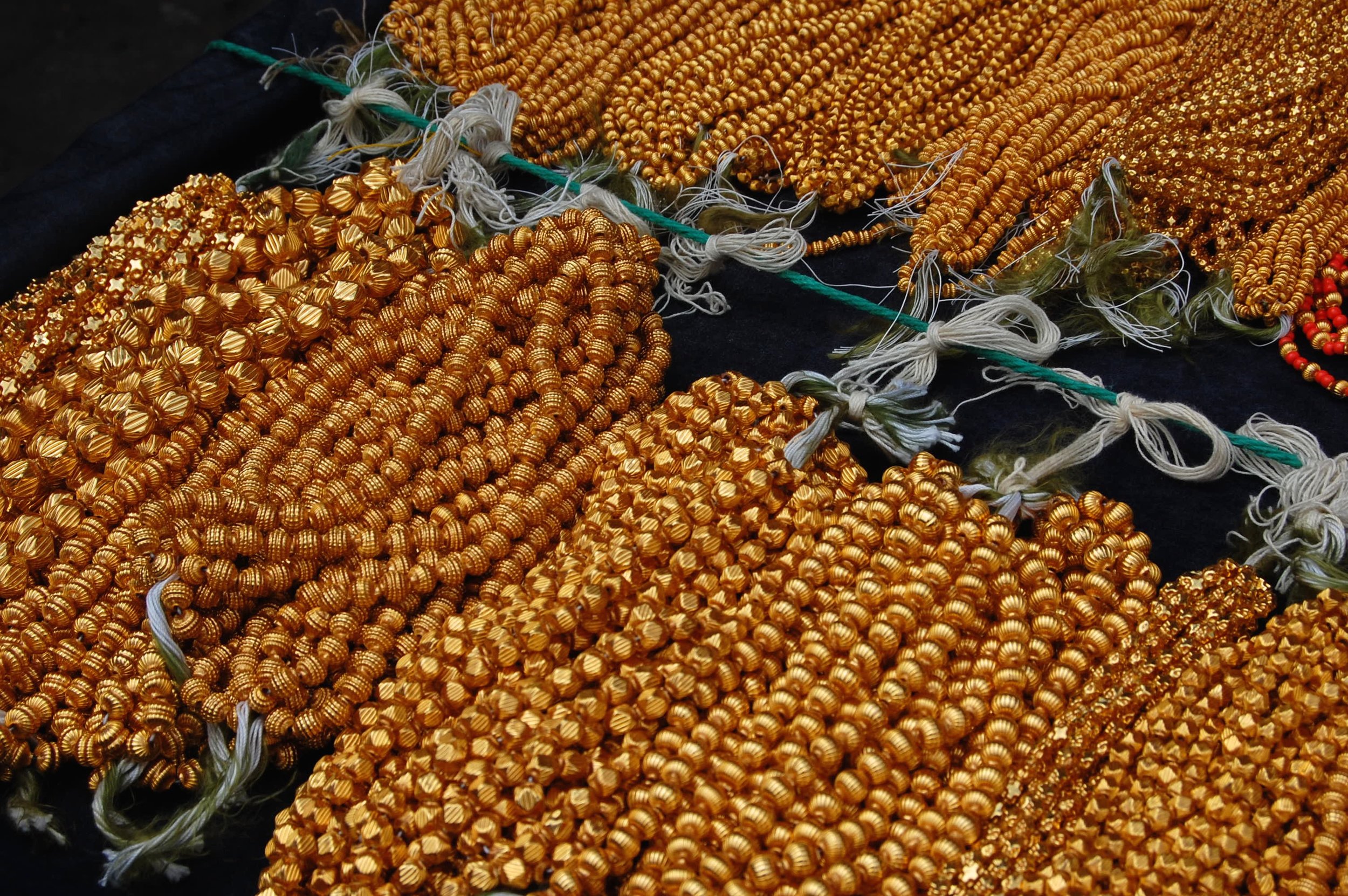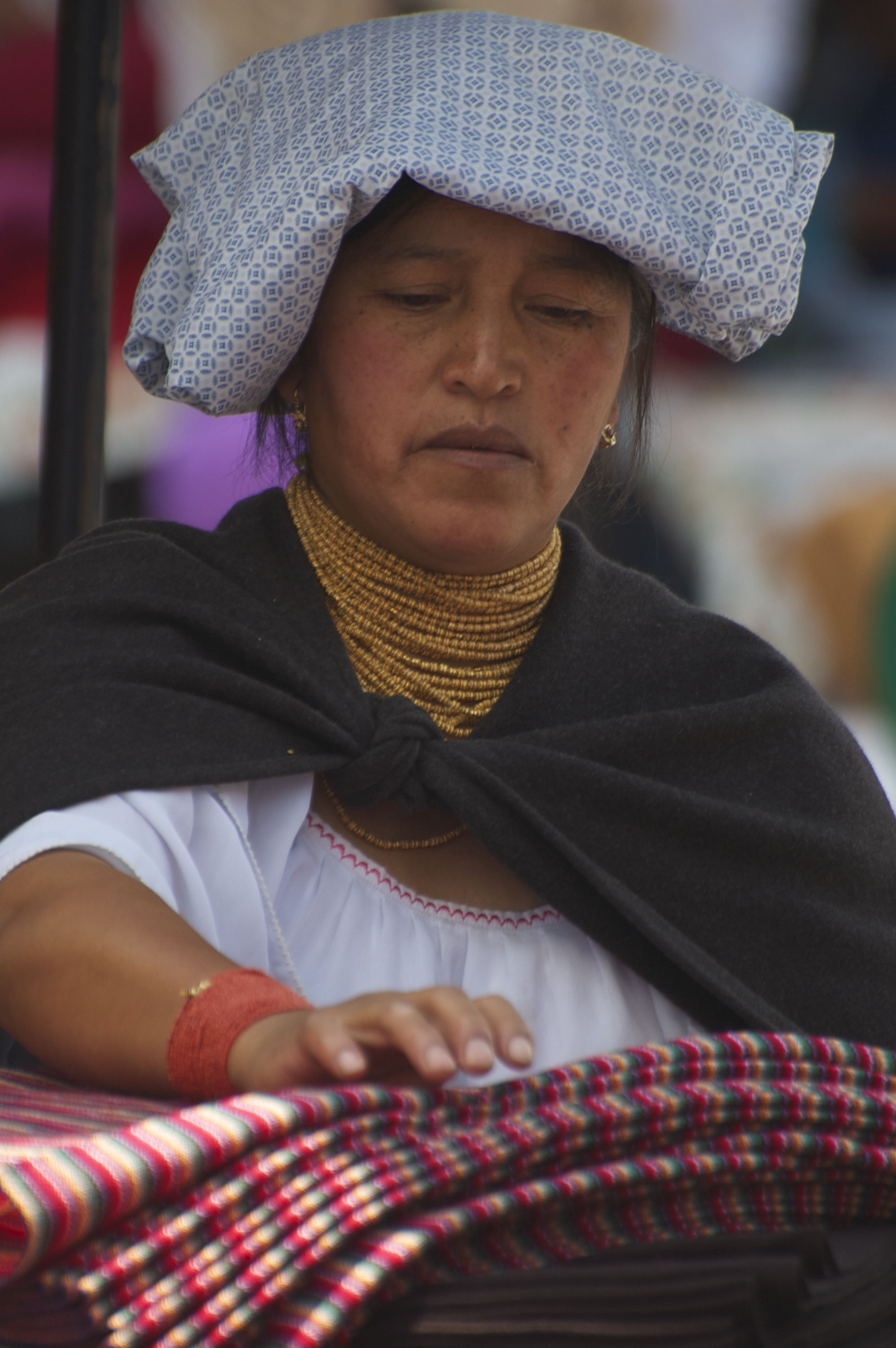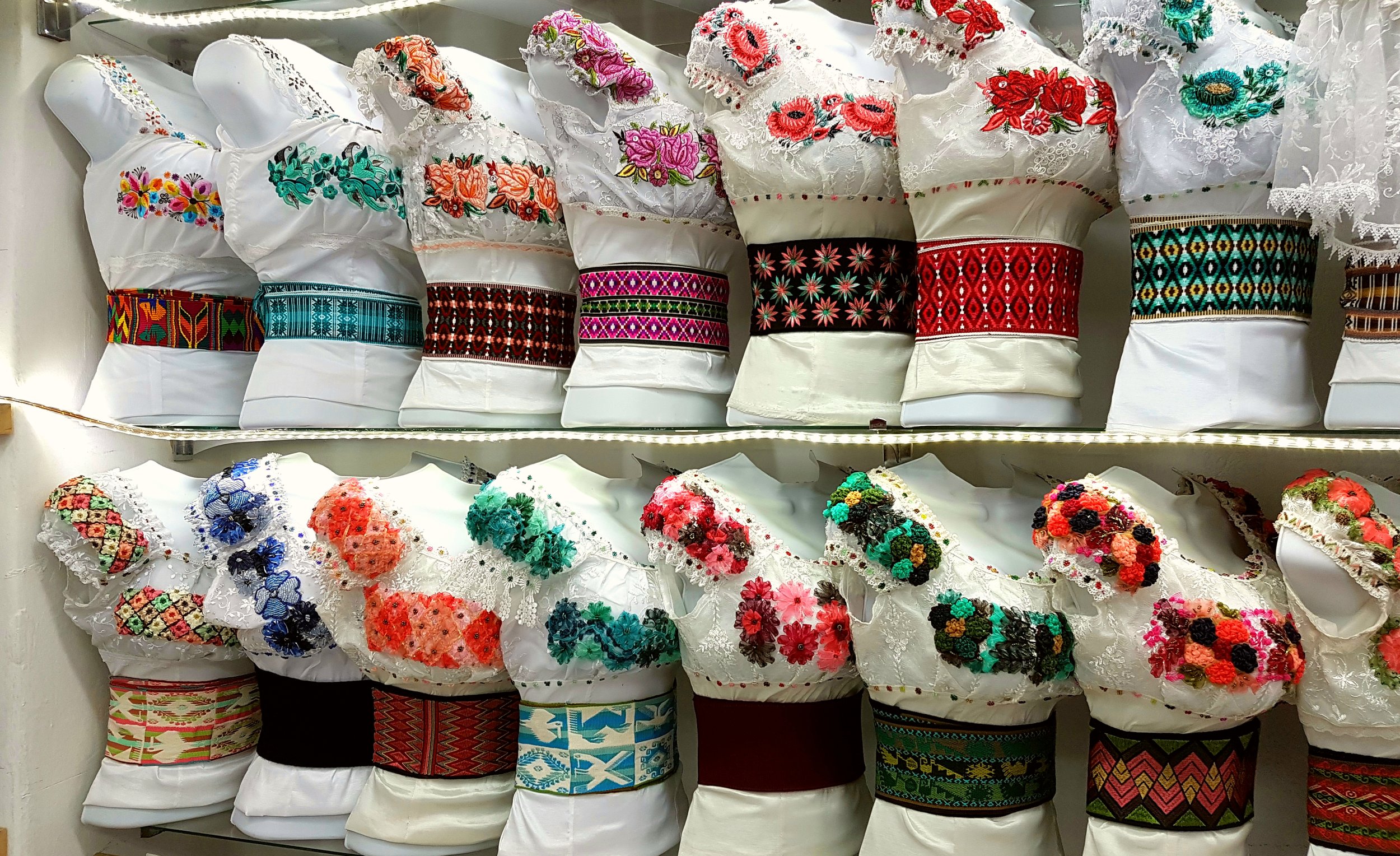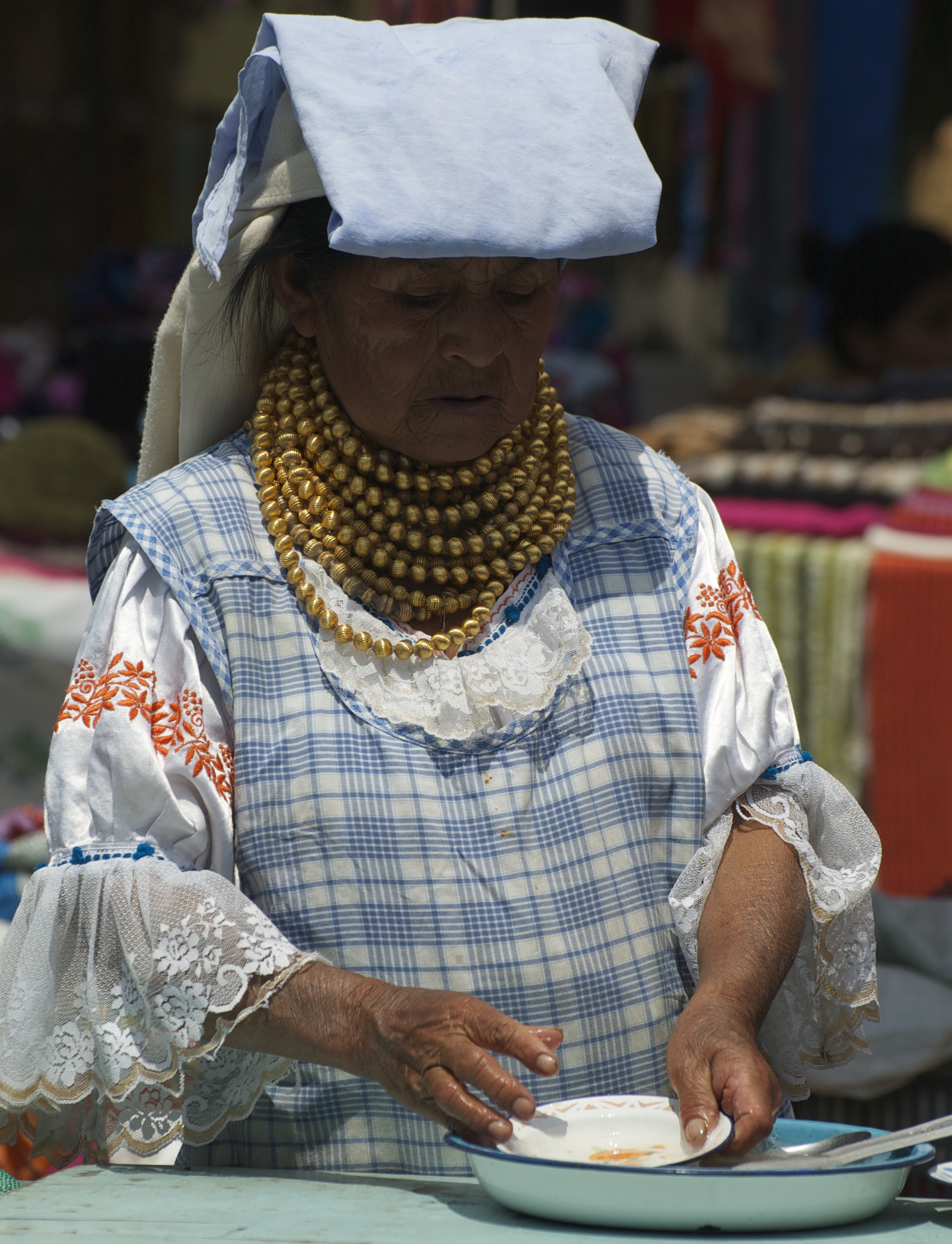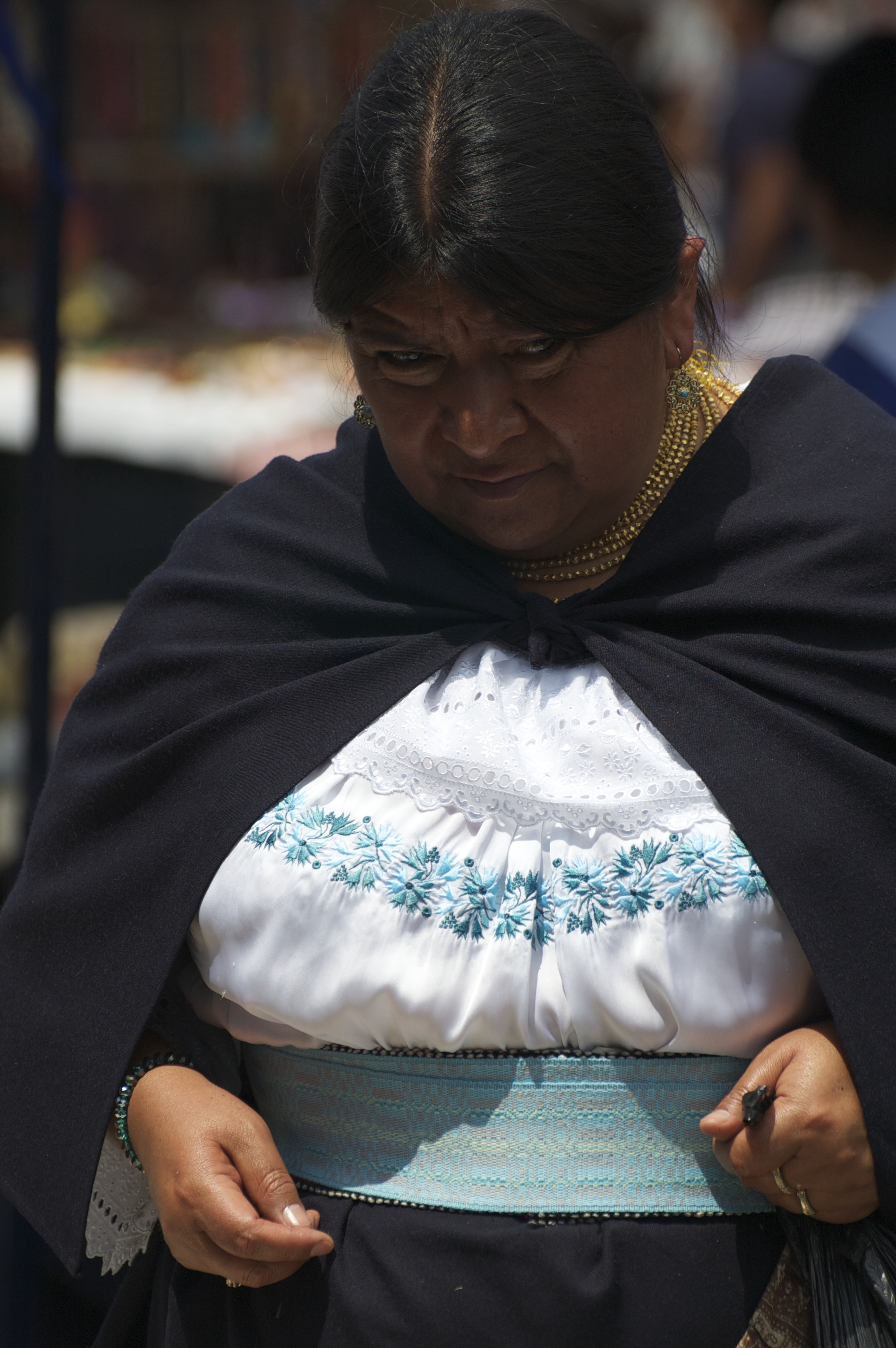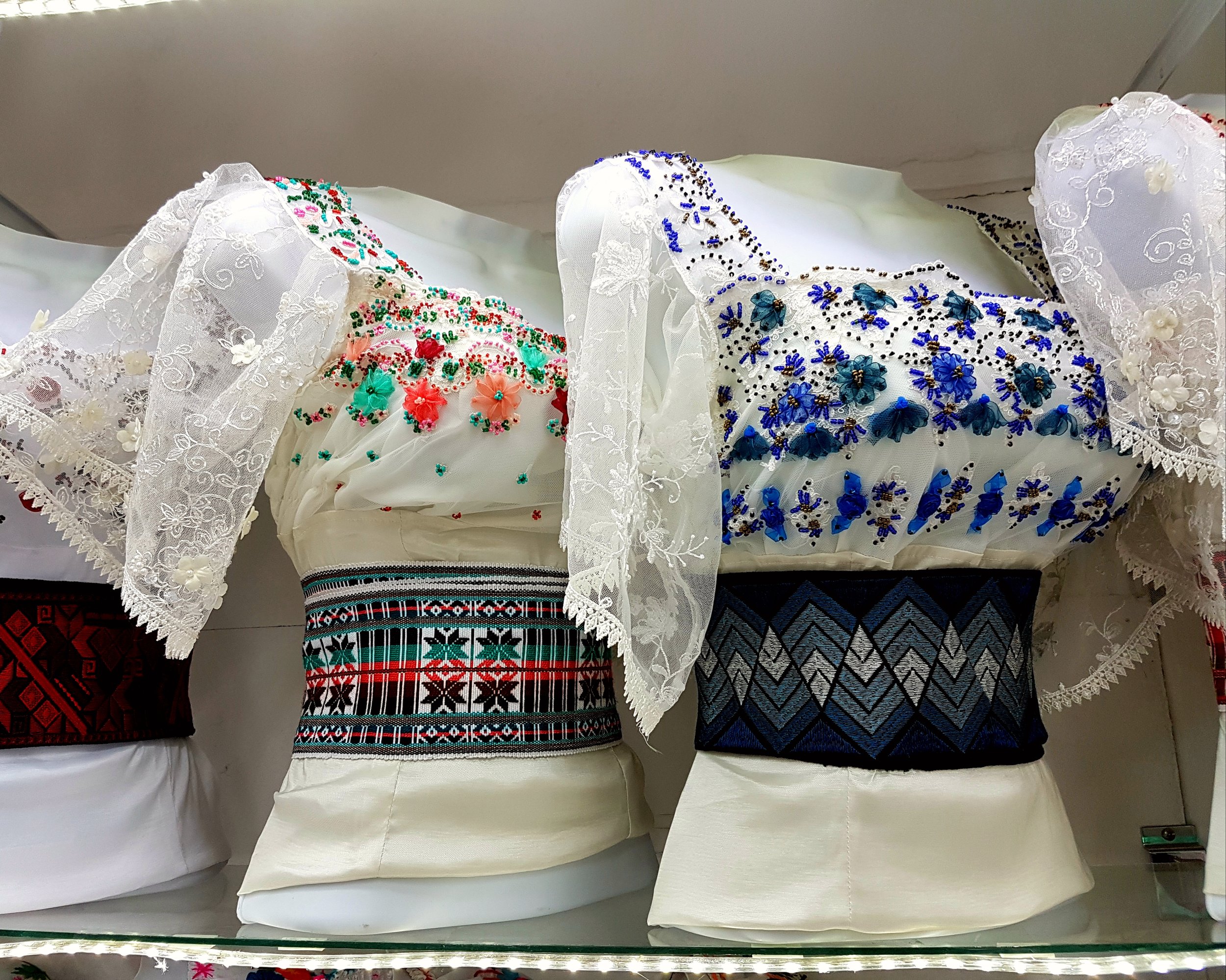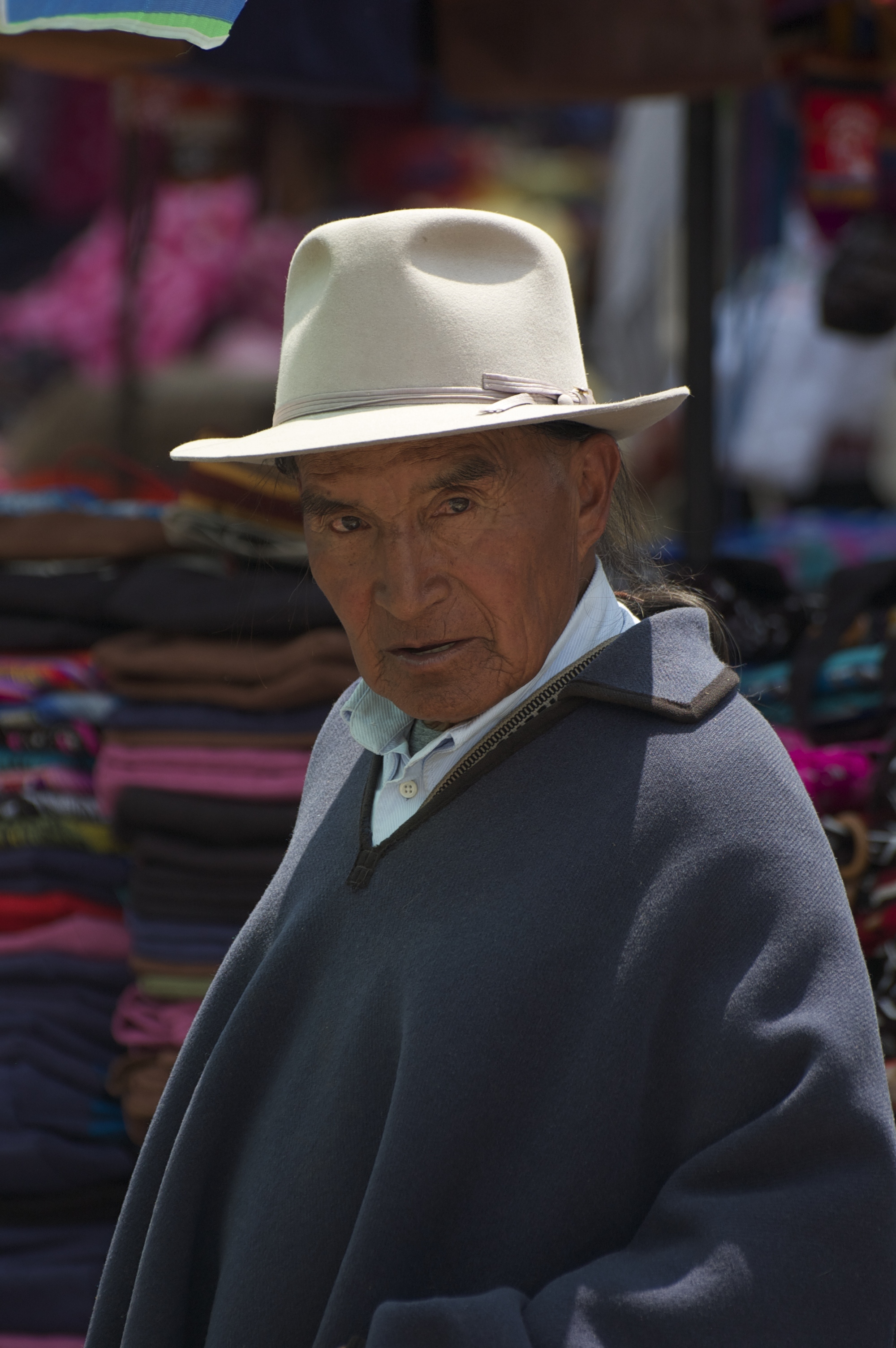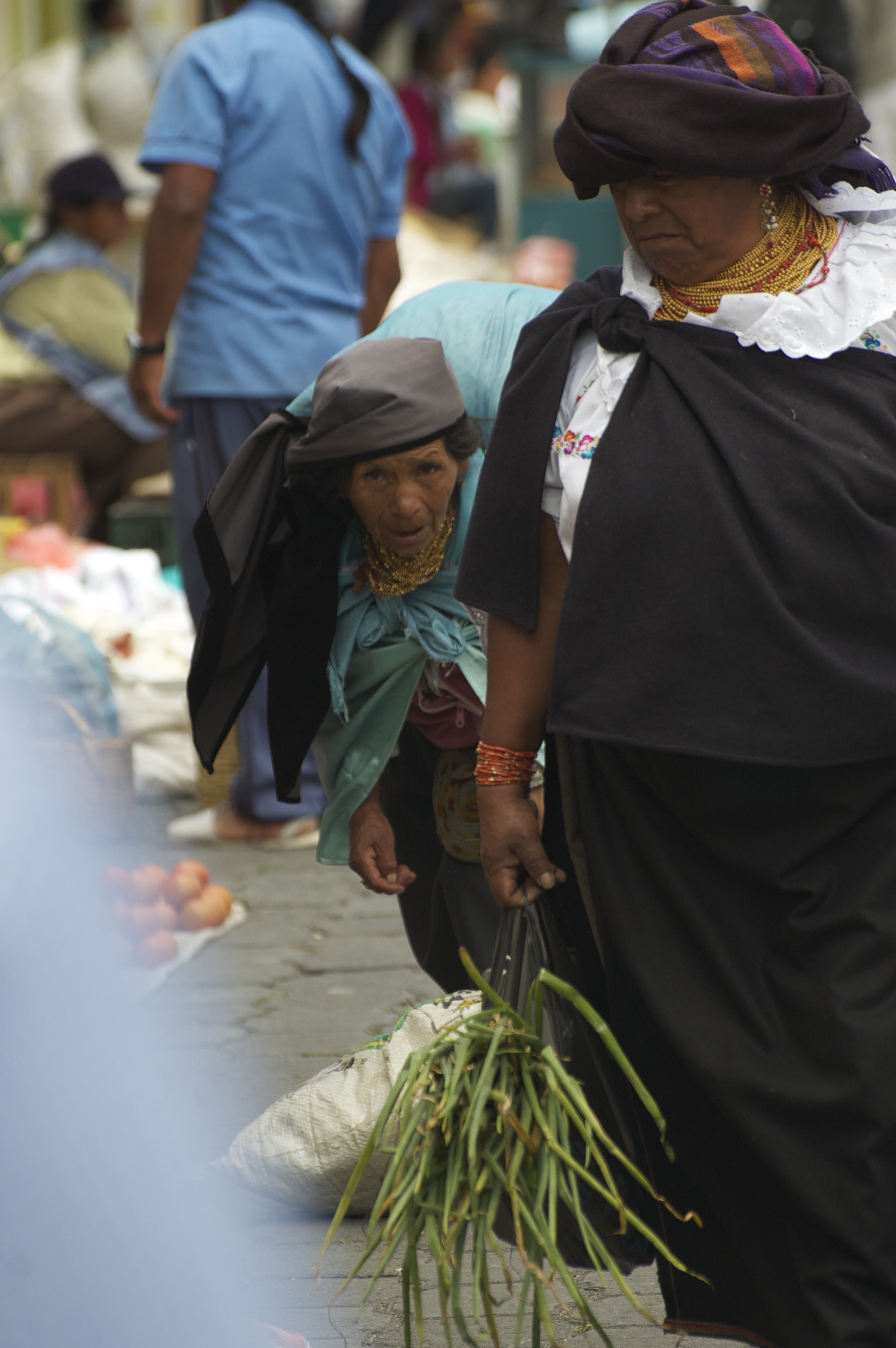There’s a market in a town north of Quito, Ecuador, that has to be one of the most colourful places on earth: Otavalo. The rougly hour and a half drive from the capital is a treat for the eyes with gorgeous green hillsides.
Plan to be there on a Saturday when all the venders come out to display their wares. Once you arrive, just follow the crowd. Poncho Plaza, in the centre of town, is bursting with vivid blues, yellows and pinks on textiles, blankets and hand woven bags. Rows and rows of tables shine with gold, coral and red beaded necklaces.
And then, there is the energy and intrigue of the Otavaleño people themselves. Otavaleños are known far and wide in Latin America for their business savvy and their textile making, a skill they’ve practiced since ancient times. This indigenous group is also known for proudly refusing to abandon their traditional dress. For me, this is one of the most exciting aspects of a visit to Otavalo. You really feel as though you are immersed in a rich culture among self respecting people.
The women of Otavalo wear long dark skirts with dark sandals made from cactus fibre. But this drab attire is capped off with some of the prettiest blouses you’ve ever seen. They’re white with intricately embroidered collars and sleeves. Around their waists, marrying the skirt and the blouse, they wear wide, wrap-around belts filled with more colourful embroidery.
As if all of this wasn’t decorative enough, Otavalo women adorn their necks with dozens of strands of tiny gold bead necklaces called walkas. The beads symbolize grains of corn and the importance of maize in Ecuador. The beads are also a status symbol for women. The more they wear, the more important their role in their community.
This is one of my most favourite photos. Just look at the joy in this woman’s face and the shine of that one precious gold tooth set off by the stunning necklace.
The traditional male dress of Otavalo is less colourful but beautifully simple. Men wear white sandals, white pants and a dark poncho. They wear their hair long and braided under felt hats.
For tourists who might be unaccustomed to such enduring traditions, there’s no doubt the Otavaleño dress is eye-catching but what is also notable for outsiders, is the incredible work ethic of this group. From very young women with babies strapped to their backs to elderly people who appeared to be in their 80s, everyone is contributing to the economy in some way.
Most tourists surely come away from Otavalo with a souvenir or two; a brightly painted wooden bowl, a scarf, a set of pan pipes or a Panamá hat. But anyone who has been to Otavalo knows there are much greater riches for all visitors who spend time here: memories of the good fortune to have observed and been in one of most vibrant places in South America.
Until next time,
Rove on.
Jane




